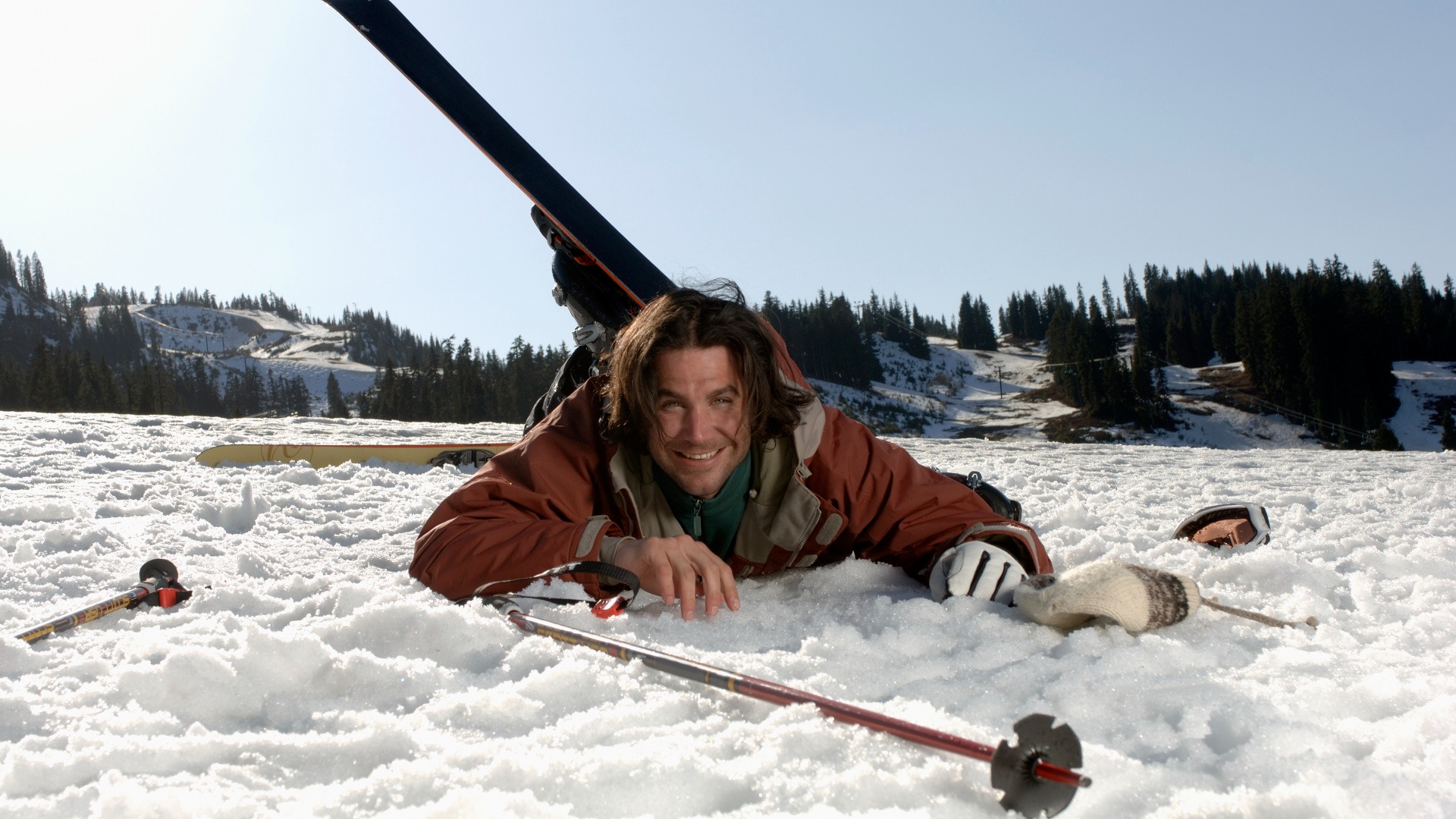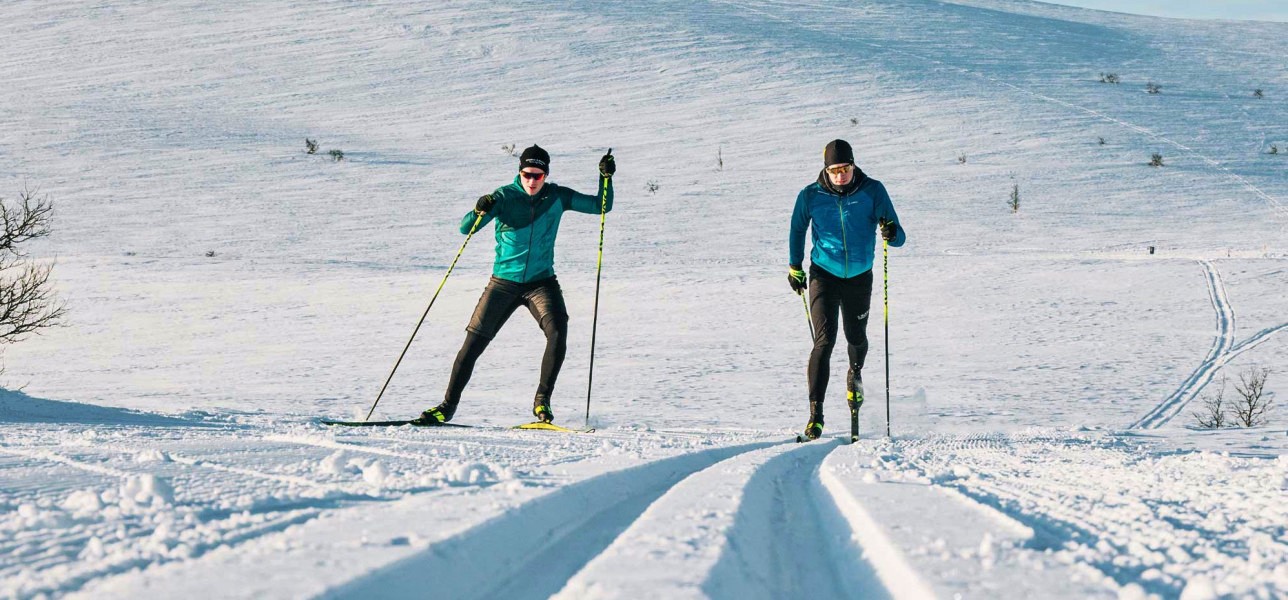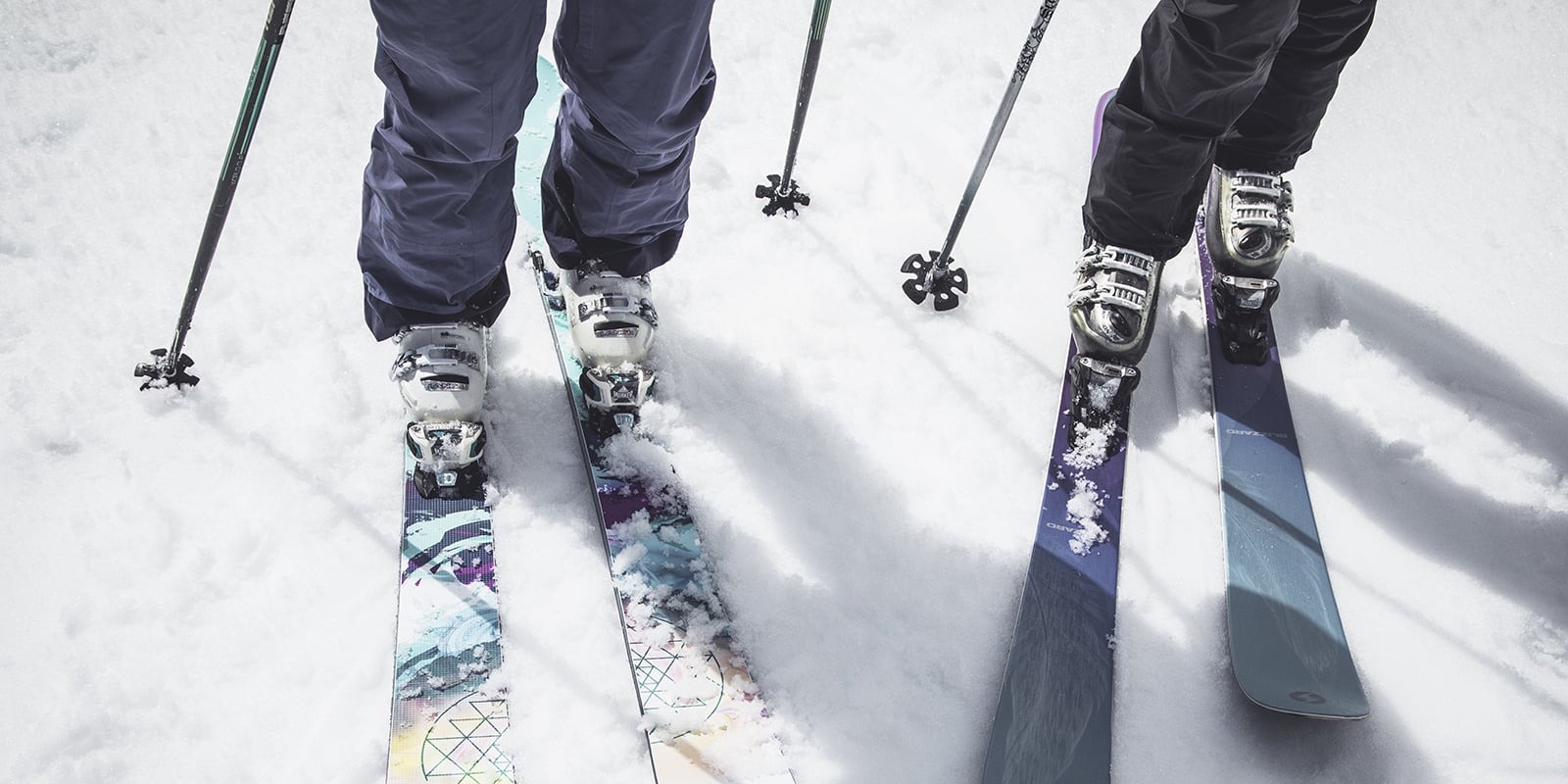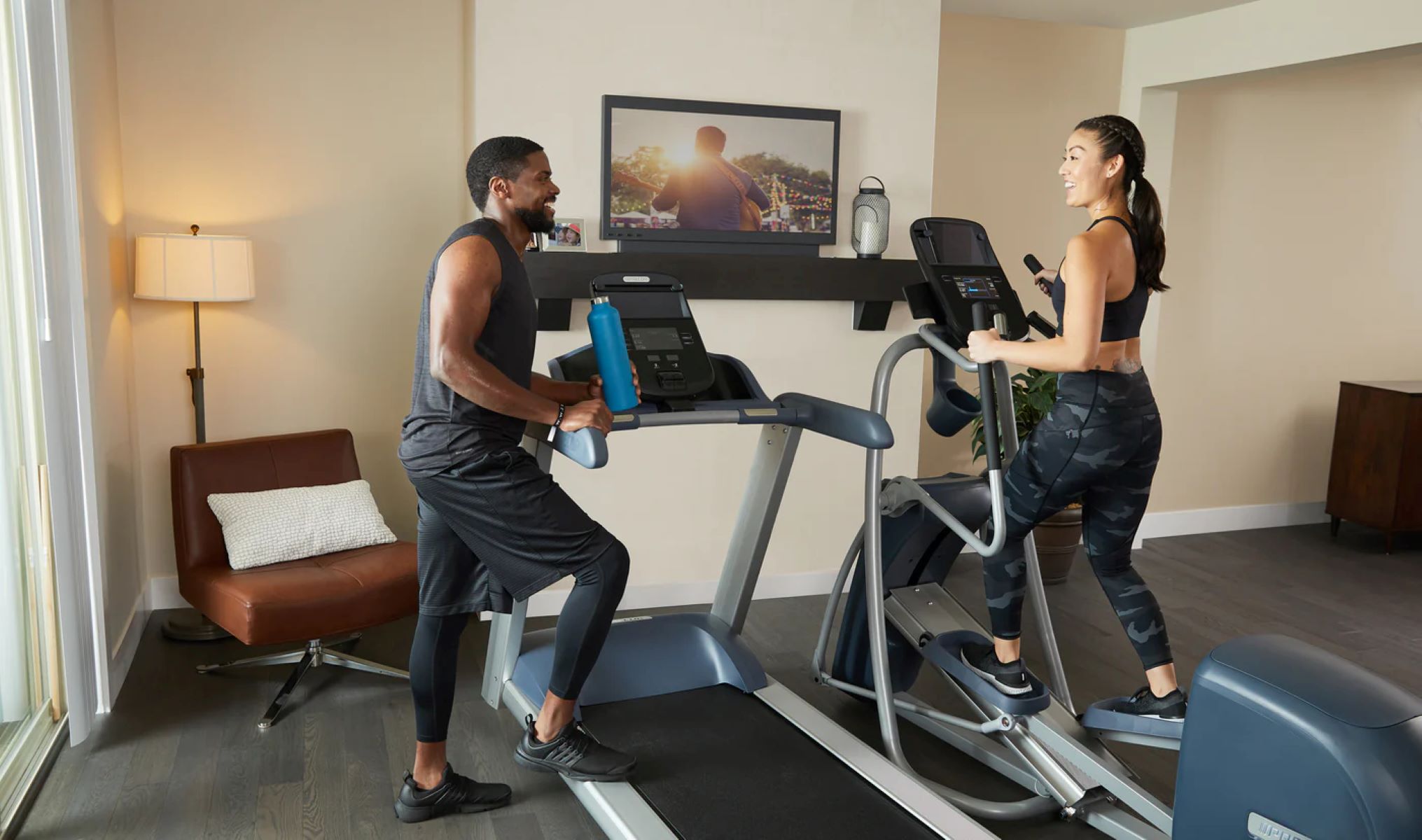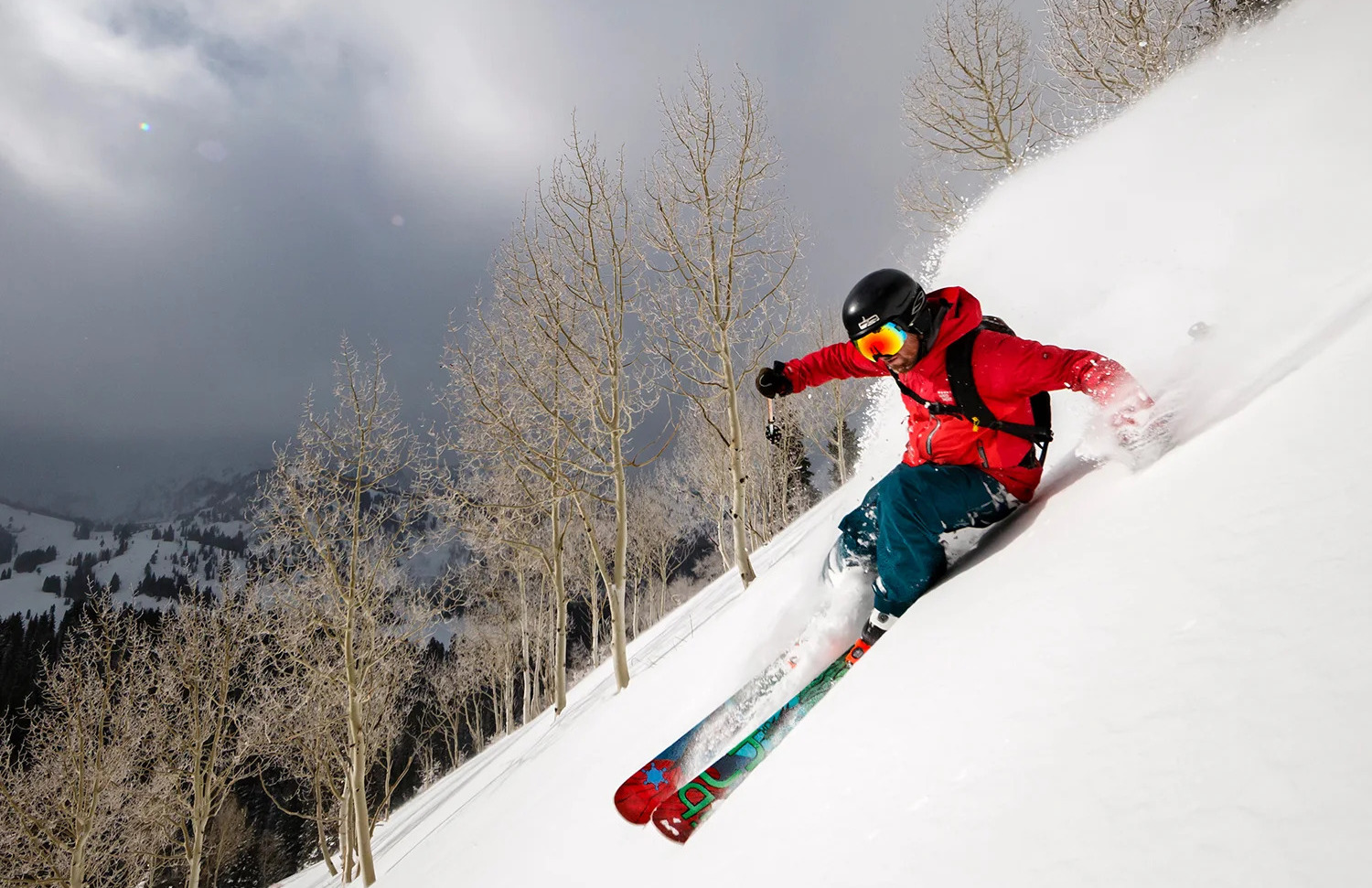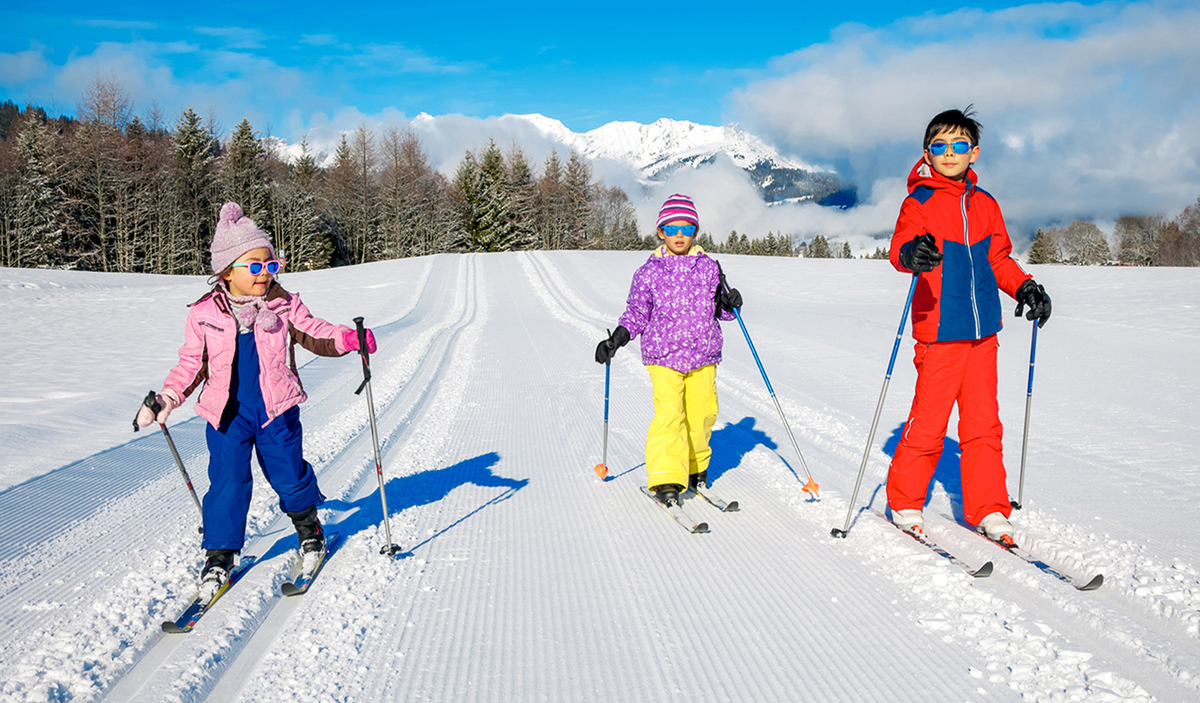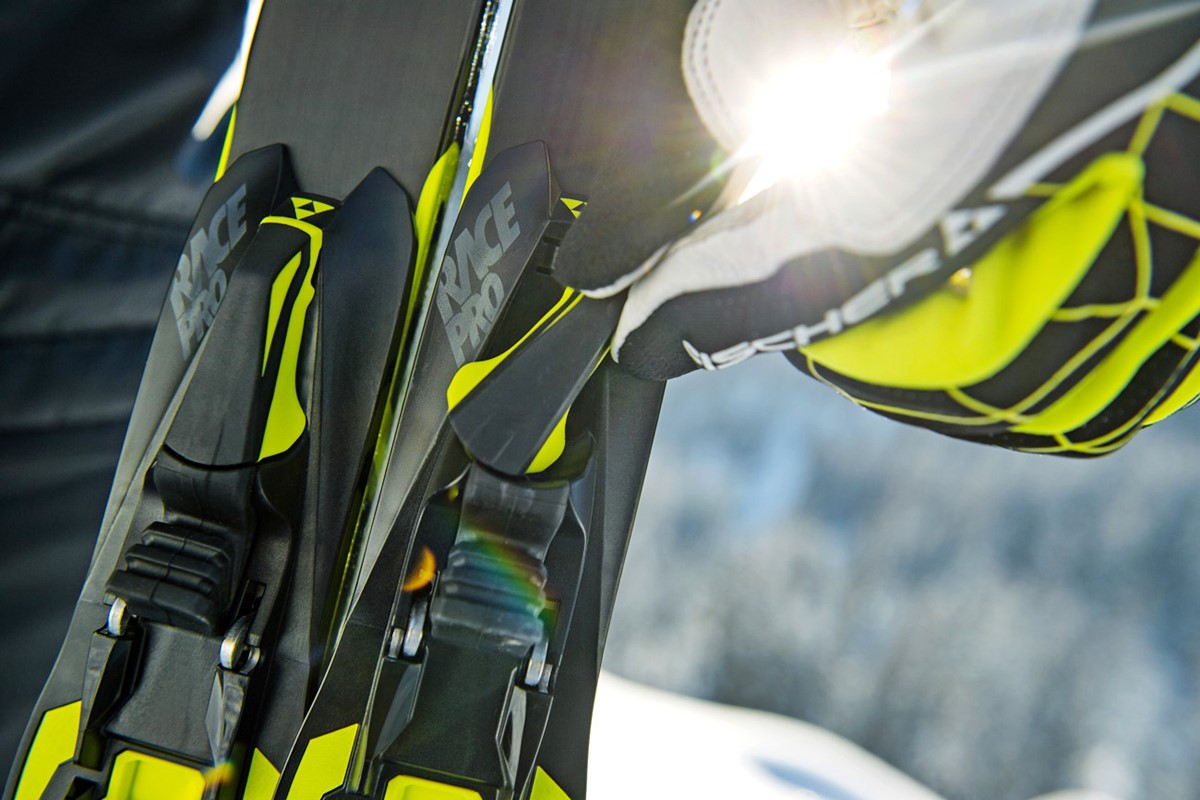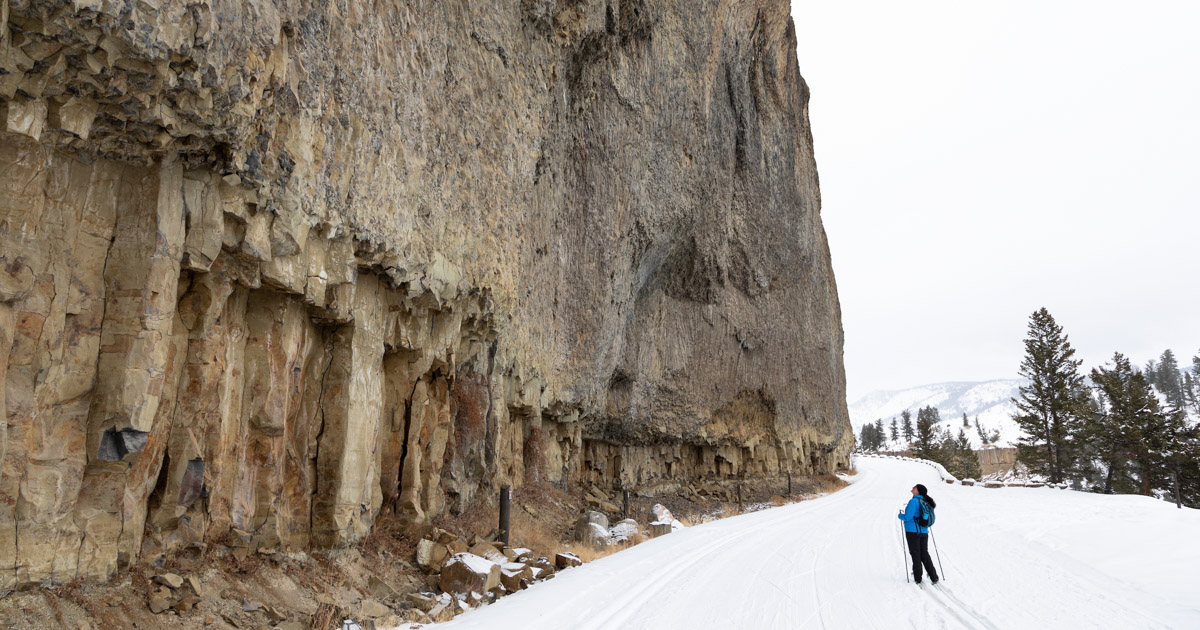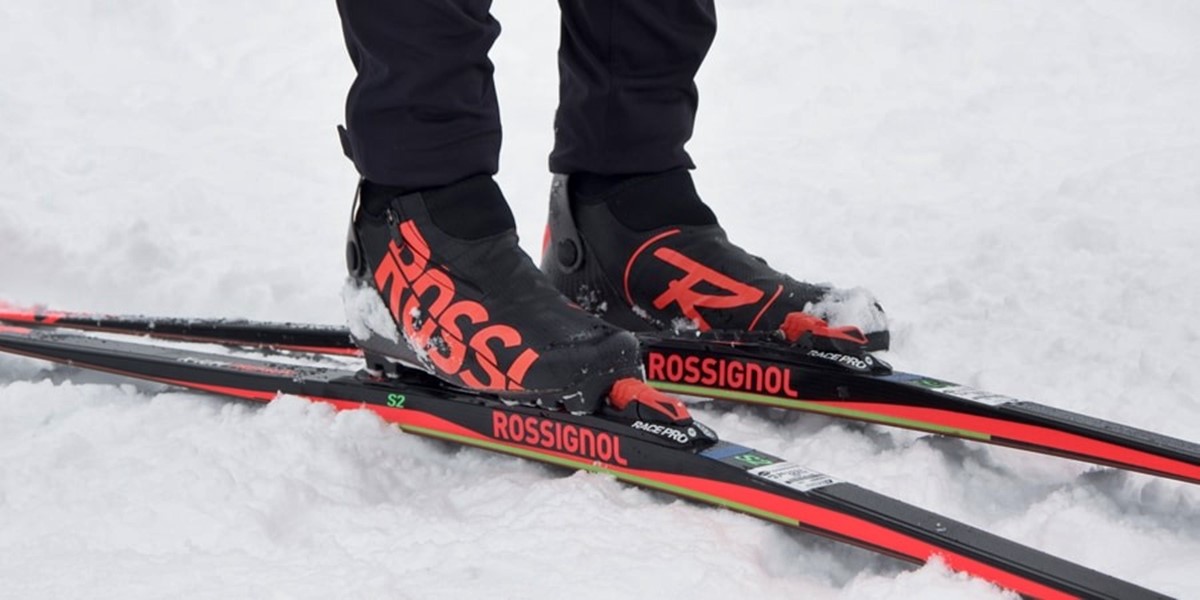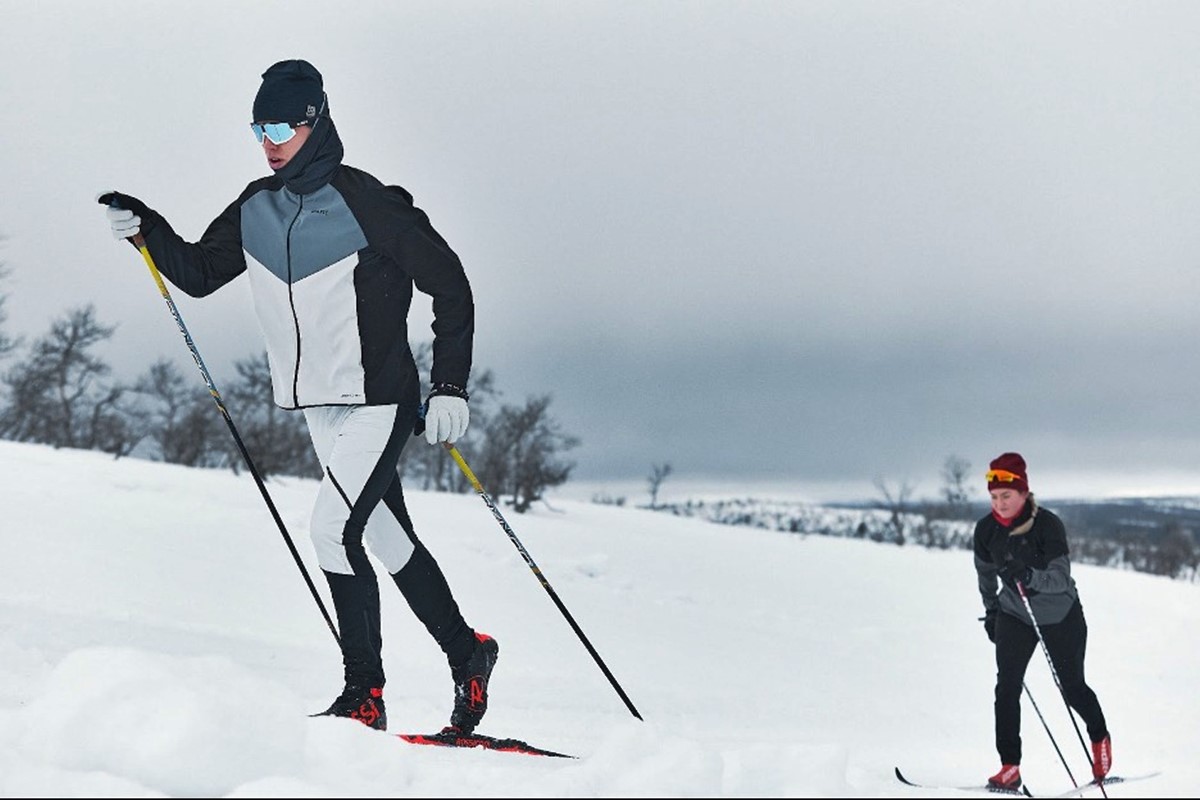Home>Misc>Featured>How Many Calories Does Cross Country Skiing Burn
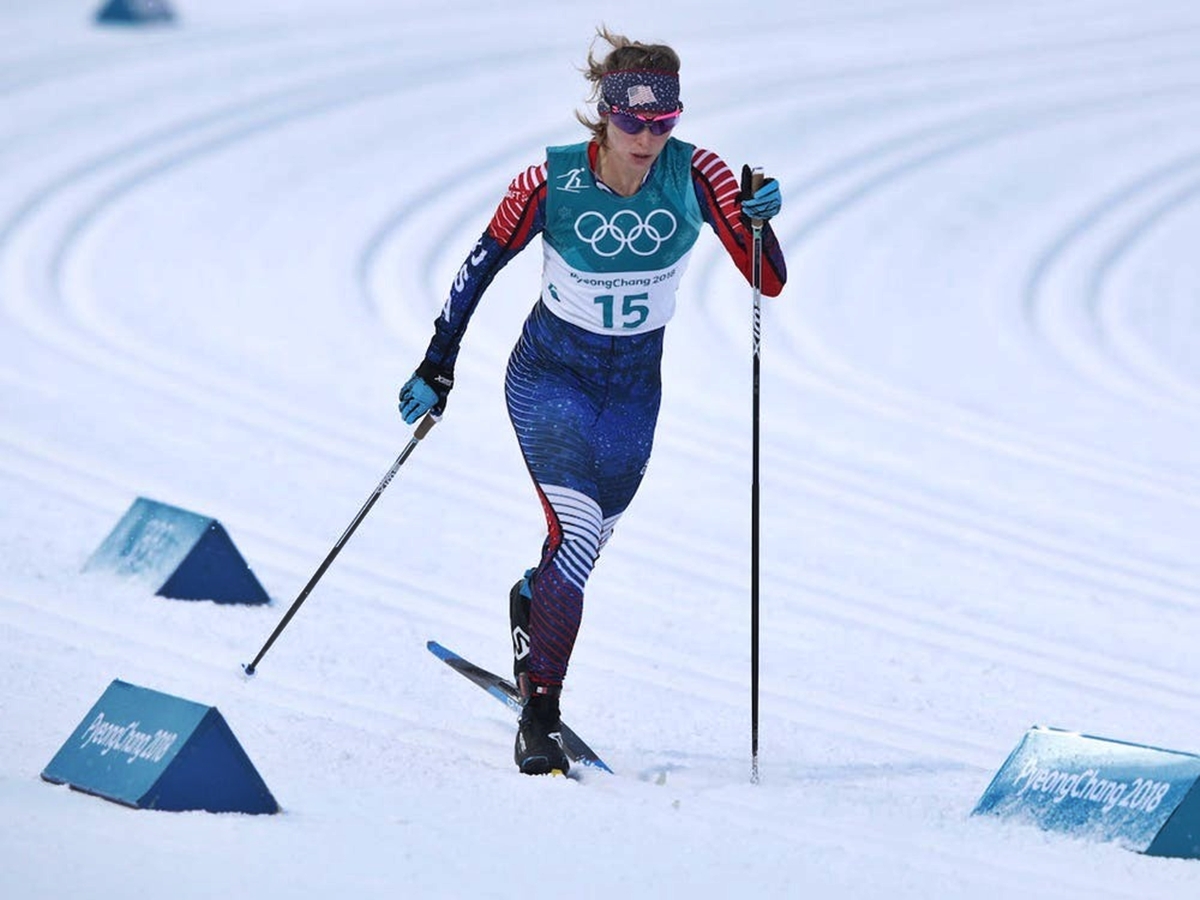

Featured
How Many Calories Does Cross Country Skiing Burn
Modified: August 22, 2023
Discover the calories burned during cross country skiing with our featured guide. Get ready to shed pounds and stay fit with this exhilarating winter sport.
Introduction
Cross country skiing is not only a thrilling winter sport; it is also a fantastic workout that can help burn calories and improve overall fitness. In addition to its physical benefits, cross country skiing allows you to experience the beauty of nature and enjoy the tranquility of gliding through snow-covered landscapes.
This article will explore the calorie-burning potential of cross country skiing, along with the factors that influence calorie burn rates. Whether you’re an avid skier or new to the sport, understanding the science behind calorie burning in cross country skiing can help you better plan your workouts and achieve your fitness goals.
Beyond just burning calories, cross country skiing offers a range of health benefits. It provides a full-body workout, engaging major muscle groups such as the legs, core, and upper body. The continuous gliding motion strengthens your leg muscles, improves balance and coordination, and enhances cardiovascular endurance.
Unlike downhill skiing, which relies on gravity for movement, cross country skiing requires active effort from the skier. By using poles to propel yourself forward, you actively engage your upper body and increase the intensity of the workout. This dual-action of leg and arm movement elevates the heart rate and boosts calorie expenditure.
One of the unique aspects of cross country skiing is its low-impact nature. The smooth gliding motion reduces stress on the joints, making it a suitable workout option for individuals with joint issues or those recovering from injuries. Additionally, the combination of fresh air, natural scenery, and the rhythmic movement of skiing contributes to mental well-being and stress reduction.
In the following sections, we will delve further into the calorie-burning potential of cross country skiing, discuss the various factors that affect calorie burn rates, compare it to other winter sports, and offer tips for maximizing calorie burn during your ski sessions.
Benefits of Cross Country Skiing
Cross country skiing offers a multitude of benefits for both physical and mental health. Let’s explore some of the key advantages of this exhilarating sport:
- Cardiovascular Fitness: Cross country skiing is an excellent aerobic activity that gets your heart pumping and increases lung capacity. The continuous motion of skiing, combined with the challenge of different terrains, helps improve cardiovascular endurance.
- Full-Body Workout: Unlike other winter sports that predominantly focus on specific muscle groups, cross country skiing engages your entire body. The leg movements power you forward, while the use of poles works your arms, shoulders, and core muscles.
- Strength Building: The constant push-off and glide motion of cross country skiing build strength in the lower body, particularly the quadriceps, hamstrings, and glutes. The use of poles also strengthens the muscles in your arms, back, and shoulders.
- Weight Loss: Cross country skiing is a highly efficient calorie-burning activity. With the combination of cardiovascular exercise and muscle engagement, it can help you shed unwanted pounds and maintain a healthy weight.
- Low Impact: Unlike high-impact activities like running, cross country skiing is gentle on the joints due to the smooth gliding motion. It’s a great option for individuals with joint pain or those who prefer low-impact workouts.
- Improved Balance and Coordination: The act of gliding on the snow while maintaining balance requires coordination and stability. By regularly practicing cross country skiing, you can enhance your overall balance and coordination skills.
- Mental Well-being: Being out in nature and enjoying the scenic beauty of snow-covered landscapes can have a positive impact on your mental well-being. Cross country skiing provides an opportunity to disconnect from the busyness of daily life and enjoy moments of tranquility.
- Stress Relief: Engaging in physical activity releases endorphins, which are known as “feel-good” hormones. Cross country skiing can help reduce stress levels, elevate mood, and improve overall mental health.
With its wide-ranging benefits for the body and mind, cross country skiing is a wonderful winter activity that promotes overall wellness. Whether you’re seeking a challenging workout or a peaceful escape in nature, cross country skiing is an excellent choice.
Factors Affecting Calorie Burn in Cross Country Skiing
The number of calories burned during cross country skiing can vary based on several factors. Understanding these factors can help you estimate and maximize your calorie burn during your skiing sessions. Here are some key factors that influence calorie expenditure:
- Intensity: The intensity of your skiing session plays a significant role in calorie burn. The faster and more vigorously you ski, the more calories you will expend. Uphill sections and challenging terrains also increase the intensity level and calorie burn.
- Weight: Your body weight is a crucial factor in determining the number of calories burned. Generally, individuals with higher body weight burn more calories during physical activity. This is because it requires more effort to move a larger mass.
- Duration: The length of your skiing session affects the total calorie burn. Longer sessions provide more time for calorie expenditure, resulting in greater overall energy consumption.
- Technique: The technique used in cross country skiing can impact calorie burn. Classic style skiing involves a smooth gliding motion with minimal arm movement, while skate skiing utilizes a more dynamic side-to-side motion with higher arm involvement. Skate skiing generally burns more calories due to its increased intensity compared to classic style skiing.
- Terrain: The type of terrain you ski on can influence the intensity and calorie burn. Skiing on flat or groomed trails requires less effort compared to skiing on hilly or ungroomed terrains. The incline and texture of the terrain engage different muscle groups, resulting in varying calorie expenditure.
- Skiing Gear: The weight and quality of your skiing gear can impact calorie burn. Heavier gear can increase the workload, resulting in more calories burned. Additionally, well-maintained skis and properly fitted boots enhance efficiency and reduce energy wasted, leading to more effective calorie burning.
- Skill Level: Your skill level and technique proficiency can affect calorie burn. Efficient and smooth skiing technique allows you to glide effortlessly, conserving energy and reducing the number of calories burned. As you improve your technique, you may need to increase speed or intensity to maintain the same level of calorie burn.
Keep in mind that these factors interact with each other, and the calorie burn estimates can vary based on individual differences. Monitoring your heart rate during skiing sessions can also provide a more accurate idea of calorie expenditure. By understanding these factors, you can optimize your cross country skiing workouts and achieve your fitness goals.
Calorie Burn Rate during Cross Country Skiing
Cross country skiing is known for its high-calorie burning potential. The exact number of calories burned during a skiing session depends on various factors, including intensity, body weight, and duration. On average, cross country skiing can burn between 400 to 900 calories per hour.
The intensity of your skiing session plays a significant role in determining the calorie burn rate. Skiing at a moderate pace can burn approximately 400 to 500 calories per hour, while skiing at a faster and more vigorous pace can increase the calorie burn to 700 to 900 calories per hour.
Body weight is another important factor to consider. Heavier individuals tend to burn more calories during physical activity because it requires more effort to move a larger mass. On the other hand, lighter individuals may burn fewer calories but can still benefit from the full-body workout provided by cross country skiing.
The duration of your skiing session also affects the total calorie burn. Longer sessions provide more time for calorie expenditure, resulting in greater overall energy consumption. It’s important to note that while the calorie burn rate may decrease slightly after the initial hour, the total calorie burn over extended sessions can still be significant.
It’s worth mentioning that the calorie burn rates mentioned above are approximate averages. Individual differences such as fitness level, skiing technique, and ski trail conditions can impact calorie expenditure. Monitoring your heart rate during skiing sessions can provide a more accurate estimate of the number of calories burned.
It’s important to remember that cross country skiing offers a balanced full-body workout. It engages major muscle groups, including the legs, core, and upper body, resulting in overall fitness improvement. Combined with the cardiovascular benefits, cross country skiing is an excellent winter activity for calorie burn and maintaining a healthy weight.
As you continue to progress in your skiing journey, you may find that your calorie burn rate increases as your fitness level improves and you become more proficient in your technique. Regardless of the actual number of calories burned, cross country skiing provides an enjoyable and effective way to stay active during the winter months.
Different Techniques and Their Impact on Calorie Burn
Cross country skiing encompasses various techniques, each with its own impact on calorie burn. The two primary techniques in cross country skiing are classic style and skate skiing. Understanding these techniques can help you optimize your calorie burn during your skiing sessions.
Classic Style: Classic style skiing involves a diagonal stride motion where skiers push off from the snow using their skis and poles. This technique provides a low-impact workout that engages the legs, core, and upper body. The calorie burn rate for classic style skiing is typically slightly lower compared to skate skiing due to the less dynamic arm movements. On average, classic style skiing can burn between 400 to 600 calories per hour.
Skate Skiing: Skate skiing utilizes a dynamic side-to-side motion resembling ice skating. Skiers push off from the inside edge of their skis, transferring weight from one leg to the other in a fluid motion. This technique requires greater involvement of the upper body, resulting in increased calorie burn. On average, skate skiing can burn between 500 to 900 calories per hour, making it a more intensive calorie-burning activity compared to classic style skiing.
The intensity of your skiing session also plays a role in calorie burn, regardless of the technique used. Increasing your speed and exertion level will result in higher calorie expenditure. Additionally, the type of terrain and the difficulty of the trail can also impact calorie burn. Skiing on hilly or uneven terrains requires more effort and engagement of additional muscle groups, leading to increased calorie burn.
Beyond just the technique, it’s essential to focus on maintaining proper form and technique during your skiing sessions. Improving your efficiency and skill level will allow you to glide more smoothly and conserve energy, leading to a more effective calorie burn. Experimenting with different techniques and challenging yourself with varying terrains can also help maximize calorie burn and overall fitness improvement.
It’s important to choose the technique that aligns with your fitness goals and preferences. Some skiers may prefer the rhythmic and low-impact nature of classic style skiing, while others may enjoy the more dynamic and intense workout of skate skiing. Both techniques offer excellent cardiovascular benefits and a full-body workout, allowing you to enjoy the physical and mental rewards of cross country skiing.
Comparing Cross Country Skiing to Other Winter Sports
When it comes to winter sports, cross country skiing stands out as a highly effective calorie-burning activity. Let’s compare cross country skiing to other popular winter sports in terms of calorie burn, overall fitness benefits, and enjoyment:
Downhill Skiing: Downhill skiing is a thrilling sport that involves racing downhill on prepared slopes. While downhill skiing provides an adrenaline rush and works the leg muscles, the calorie burn rate is generally lower compared to cross country skiing. Depending on factors such as intensity and duration, downhill skiing can burn approximately 300 to 600 calories per hour. However, downhill skiing offers a unique blend of cardiovascular exercise, balance, and coordination enhancement, and the enjoyment of downhill speed.
Snowboarding: Snowboarding is another popular winter sport that involves descending slopes on a single board. Similar to downhill skiing, snowboarding offers a lower calorie burn rate of around 300 to 600 calories per hour. Snowboarding primarily engages the lower body, particularly the legs and core muscles. It also improves balance, coordination, and flexibility, making it a great full-body workout option.
Ice Skating: Ice skating is a graceful and enjoyable winter activity that offers cardiovascular benefits and improves lower body strength. Ice skating can burn approximately 400 to 600 calories per hour, depending on factors such as speed and intensity. It primarily focuses on leg muscles, but also engages the core and upper body for balance and stability.
Snowshoeing: Snowshoeing involves walking or hiking on snow using snowshoes. It provides a moderate-intensity workout that burns around 400 to 600 calories per hour. Snowshoeing engages the lower body muscles and offers cardiovascular benefits. It is a low-impact activity that allows you to explore snowy terrains and enjoy the beauty of winter landscapes.
In comparison, cross country skiing offers a higher calorie burn rate, ranging between 400 to 900 calories per hour. It engages major muscle groups, including the legs, core, and upper body, providing a comprehensive full-body workout. The continuous motion and the use of poles elevate the heart rate and improve cardiovascular endurance. Additionally, cross country skiing allows you to connect with nature, offers low-impact exercise, and provides a serene and peaceful outdoor experience.
Ultimately, the choice of winter sport depends on personal preference, fitness goals, and accessibility. Each sport offers unique benefits and enjoyable experiences. Whether you choose cross country skiing, downhill skiing, snowboarding, ice skating, or snowshoeing, embracing winter sports can help you stay active, burn calories, and make the most of the winter season.
Tips for Maximizing Calorie Burn during Cross Country Skiing
To optimize your calorie burn during cross country skiing sessions, consider implementing the following tips and techniques:
- Vary Your Terrain: Explore different types of terrain, including hilly trails and ungroomed areas. Skiing uphill and challenging yourself with uneven surfaces engages additional muscle groups and increases calorie burn.
- Incorporate Intervals: Alternate between periods of higher intensity and recovery during your ski sessions. You can include bursts of faster skiing or increase the incline to elevate your heart rate and increase calorie expenditure.
- Focus on Technique: Work on improving your skiing technique to increase efficiency and glide smoothly. Practice proper form, weight transfer, and arm movement to conserve energy and optimize calorie burn.
- Utilize Poles Effectively: Engage your arms and upper body by actively using your poles to propel yourself forward. This not only improves upper body strength but also increases the intensity of your workout and calorie burn.
- Add Resistance: Consider skiing with a backpack or wearing a weighted vest to add resistance and intensify your workout. This extra load increases the energy expended and contributes to a higher calorie burn rate.
- Extend Your Sessions: Gradually increase the duration of your ski sessions to allow for more time for calorie burn. Longer sessions provide opportunities for sustained activity and greater overall energy expenditure.
- Stay Hydrated and Fueled: Proper hydration and nutrition are important to support your skiing performance and maintain energy levels. Drink plenty of water and consume nutritious snacks or meals before and after your ski sessions.
- Cross Train: Incorporate other forms of exercise, such as strength training or cardio workouts, to improve overall fitness and enhance your skiing performance. A well-rounded fitness routine can boost your metabolism and increase calorie burn.
- Monitor Heart Rate: Use a heart rate monitor to track your exertion level and ensure you maintain an intensity that promotes calorie burn. Adjust your skiing speed and effort according to your target heart rate zone.
- Enjoy the Experience: Remember to have fun and enjoy the experience of cross country skiing. When you’re engaged and enjoying yourself, you’re more likely to stay active for longer periods, resulting in increased calorie burn.
By implementing these tips, you can maximize your calorie burn during cross country skiing and make the most out of your workouts. Remember that safety is paramount, so always ski within your skill level and be mindful of your surroundings. Stay consistent with your skiing routine, listen to your body, and celebrate the progress you make on your fitness journey.
Conclusion
Cross country skiing is not only a thrilling winter sport, but also an exceptional calorie-burning activity that offers numerous physical and mental benefits. With its full-body workout, low-impact nature, and ability to connect with nature, cross country skiing is an ideal winter activity for individuals of all fitness levels.
Throughout this article, we explored the calorie-burning potential of cross country skiing, the factors that influence calorie burn rates, and the impact of different techniques. We compared cross country skiing to other popular winter sports, highlighting its higher calorie burn rate and comprehensive workout. Additionally, we provided tips for maximizing calorie burn during your skiing sessions, emphasizing the importance of varying terrain, utilizing proper technique, and incorporating intervals.
Beyond just burning calories, cross country skiing improves cardiovascular fitness, strengthens major muscle groups, enhances balance and coordination, and promotes mental well-being. It is not only a physical workout but also an opportunity to escape the hustle and bustle of daily life and embrace the beauty of snowy landscapes.
Remember, the calorie burn during cross country skiing can vary for each individual based on factors such as intensity, weight, duration, and technique. Monitoring your heart rate and focusing on maintaining proper form can help optimize your calorie burn and overall skiing experience.
Whether you’re a seasoned skier or new to the sport, cross country skiing offers a unique combination of fitness, adventure, and tranquility. So grab your skis, embrace the winter wonderland, and enjoy the exhilarating and calorie-burning benefits of cross country skiing.
